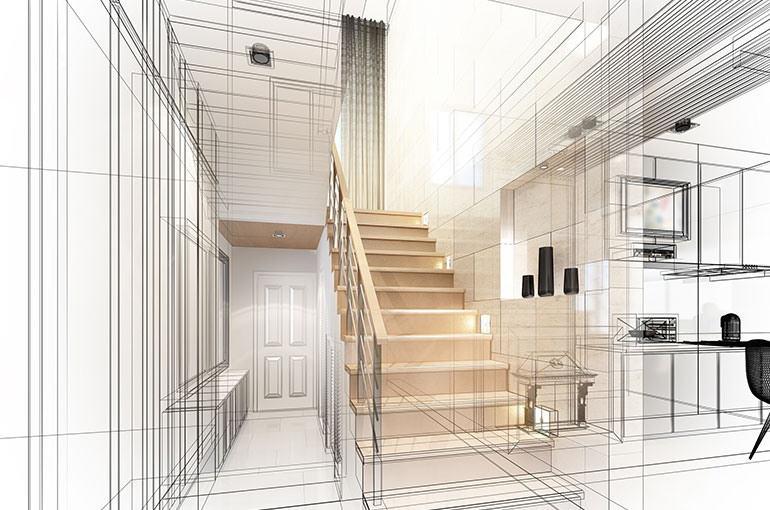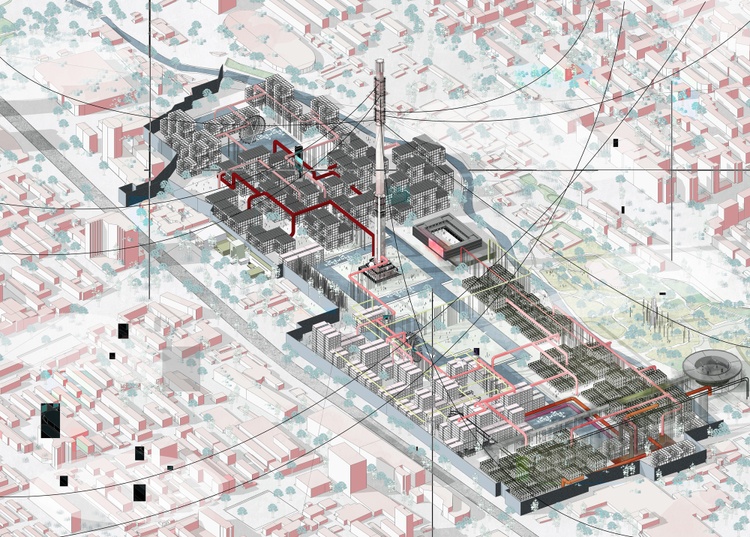The Important Duty of an Architect in Shaping Sustainable Urban Environments for Future Generations
The duty of an engineer in crafting lasting urban atmospheres is progressively pivotal in reacting to the difficulties of environment adjustment and urbanization. By effortlessly incorporating ecological principles right into their designs, designers not just enhance the visual and practical quality of metropolitan rooms yet additionally address pressing concerns such as power effectiveness and social equity. Their proficiency in ingenious products and area involvement forms developments that resonate with neighborhood values and aspirations. As we check out the complexities of this field better, it becomes apparent that the future of city living might pivot on the actual practices architects utilize today.
Understanding Sustainable Urban Layout
Sustainable city design integrates ecological concepts with urban preparation to create environments that are not only livable but likewise resilient. This technique stresses the relevance of including all-natural systems into the urban textile, making sure that growth meets the requirements of the here and now without endangering the capacity of future generations to fulfill their very own demands. Trick components of lasting urban style consist of efficient land usage, the promo of biodiversity, and the combination of environment-friendly spaces, all of which contribute to enhanced lifestyle for citizens.
Furthermore, sustainable city layout prioritizes the decrease of the metropolitan heat island effect, boosted air quality, and effective stormwater monitoring. It motivates making use of renewable resources and energy-efficient building methods, which significantly reduced carbon impacts. Moreover, lasting metropolitan style cultivates social equity by creating obtainable public rooms and promoting mixed-use growths that deal with varied populations.
Via thoughtful planning and ingenious layout methods, sustainable urban settings can improve community resilience against climate modification while fostering economic growth. This alternative technique not just addresses instant city difficulties yet additionally prepares for much healthier, more lasting cities for generations ahead.
Trick Responsibilities of Designers
Designers play a critical duty fit lasting city atmospheres by translating layout concepts into concrete frameworks and spaces. Their duties encompass a large range of activities that add to the general success of city style projects.
Primarily, designers carry out detailed site evaluations to understand the environmental, social, and social context of their projects. This fundamental knowledge educates their design decisions, making sure that buildings integrate with their environments. They additionally take part in collective processes with stakeholders, consisting of city planners, designers, and the area, promoting an inclusive strategy to city advancement.
Furthermore, designers are entrusted with developing designs that optimize power efficiency, source conservation, and capability. They need to comply with neighborhood zoning laws, constructing codes, and sustainability accreditations, guaranteeing compliance while pushing the boundaries of innovation.

Innovative Materials and Techniques
In the quest of eco responsible design, innovative products and methods have become crucial elements in the creation of lasting city environments. Engineers are significantly making use of materials that reduce environmental influence while improving energy performance. For instance, recycled products, such as reclaimed wood and repurposed steels, not just lower waste yet also include unique visual top qualities to structures.
In addition, advancements in modern technology have actually led to the growth of high-performance products, such as protected concrete types (ICFs) and photovoltaic or pv glass, which add to energy conservation and harness renewable resource. Strategies such as passive solar layout and green roofings better exemplify just how architecture can harmonize with all-natural systems, lowering dependence on synthetic heating & cooling.
Furthermore, the integration of wise materials, which adjust to ecological adjustments, uses encouraging avenues for boosting building efficiency - cda architects. These materials can react to temperature changes or dampness levels, optimizing comfort and sustainability
Inevitably, the tactical option and application of cutting-edge products and techniques encourage designers to develop metropolitan areas that are not just practical and visually pleasing yet likewise resistant and ecologically liable, ensuring a sustainable future for generations ahead.
Neighborhood Interaction and Collaboration
The success of cutting-edge products and techniques in sustainable metropolitan architecture is substantially boosted by active community engagement and collaboration. Designers should acknowledge that the constructed environment profoundly affects the lives of local residents, making it imperative to include them in the style procedure. Engaging the community cultivates a feeling of possession and liability, making certain that growths not just satisfy visual and useful demands yet also mirror the values and desires of those who occupy them.

Successful neighborhood interaction likewise helps in focusing on social equity within city development. By thinking about the voices of marginalized populaces, engineers can produce spaces that are inclusive and fair. This way, neighborhood blog here involvement and collaboration come to be important to attaining absolutely sustainable metropolitan environments that offer the demands of present and future generations.
Future Fads in Lasting Architecture

Furthermore, advancements in innovation are shaping future trends in lasting architecture. The assimilation of smart materials and building systems permits real-time power management, boosting effectiveness and decreasing carbon footprints. Technologies such as eco-friendly roof coverings, living wall surfaces, and energy-generating facades are coming to be standard practices, additionally advertising eco-friendly balance within metropolitan settings.
Furthermore, a shift towards biophilic design is getting traction, highlighting the link in between nature and human health. By including natural environments, designers develop spaces that foster mental wellness while advertising biodiversity.
Verdict
To click to read more conclude, architects are critical in progressing sustainable urban settings with their expertise in style, cutting-edge materials, and community engagement. By focusing on energy efficiency and source preservation, these professionals contribute to the creation of resilient urban areas that satisfy the needs of existing and future generations - cda architects. The assimilation of ecological principles not just enhances livability however also fosters social equity, guaranteeing developments resonate with the values and desires of the neighborhoods they offer